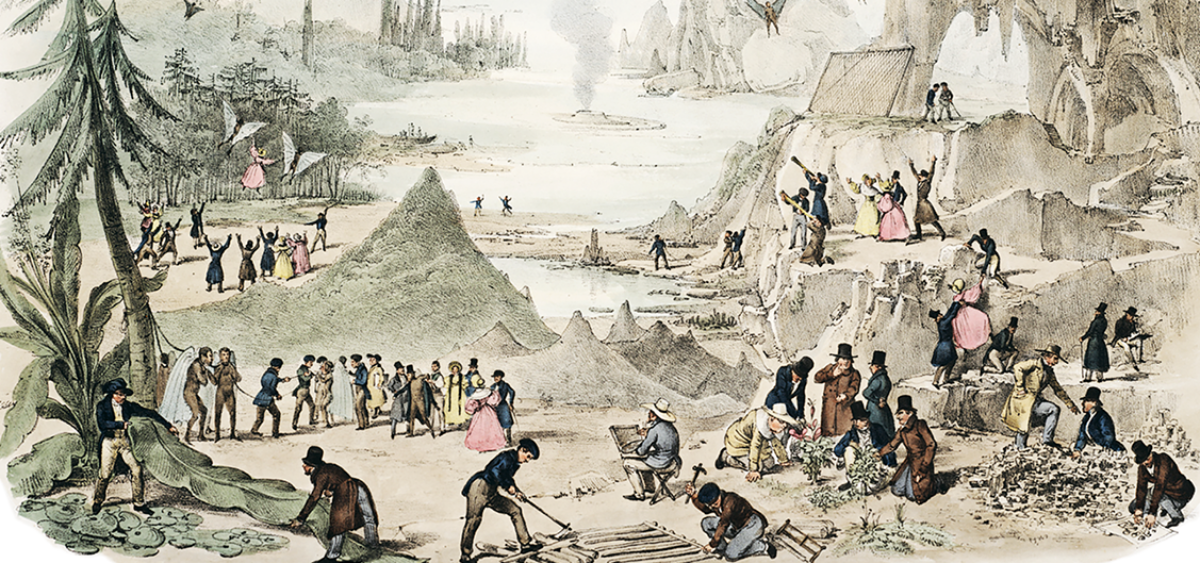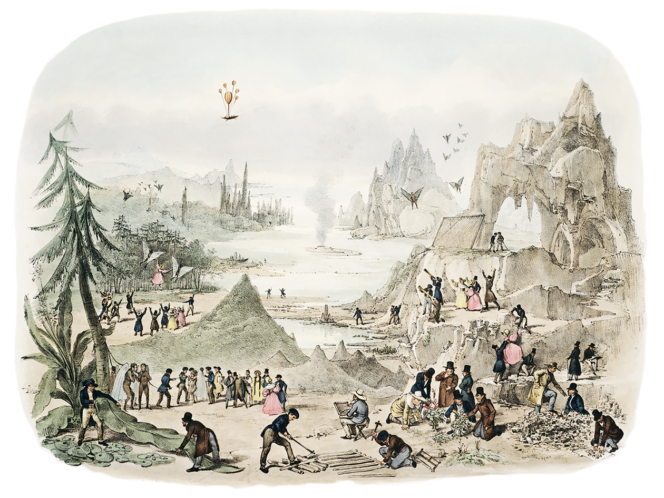
Alan Rusbridger has persuaded the rich that reliable information shouldn’t be reserved for the elites. The Guardian, which he edited from 1995 to 2015, is free to online readers. There is no paywall. Instead, readers make voluntary payments, and the income this provides is now high enough that The Guardian is no longer dependent on advertising.
Does The Guardian owe its existence to a wise businessman who understood that journalism is a public service?
It was never intended to make money. That was not why it was founded. By accident as much as design, it has been in the same family now for 200 years. And still, it’s not here to make money. The Guardian is a public service. No-one has ever made themselves rich on the back of The Guardian. There are no shareholders who you have to promise 40% of profits. In fact, for long periods in the past we have made a loss, but there was always someone who subsidized it.
What was it that shaped the founder, John Edward Taylor? Was it his attitude towards money?
Taylor founded The Guardian because he believed the public needed to be informed. There was too much official fake news. He thought somebody had to try to keep the conversation going, based on evidence and facts. He was a businessman so he had to be able to pay the wages, buy paper and ink. But it wasn’t like a start-up today where young people have an agreed plan: they know when to get out, so the venture capital comes in and everyone wants their cut (and they want to be multimillionaires by the age of 40). That was not why The Guardian was started.
There was a big series last year in the Financial Times called ‘purpose before profit’. Even the Financial Times is running series about








